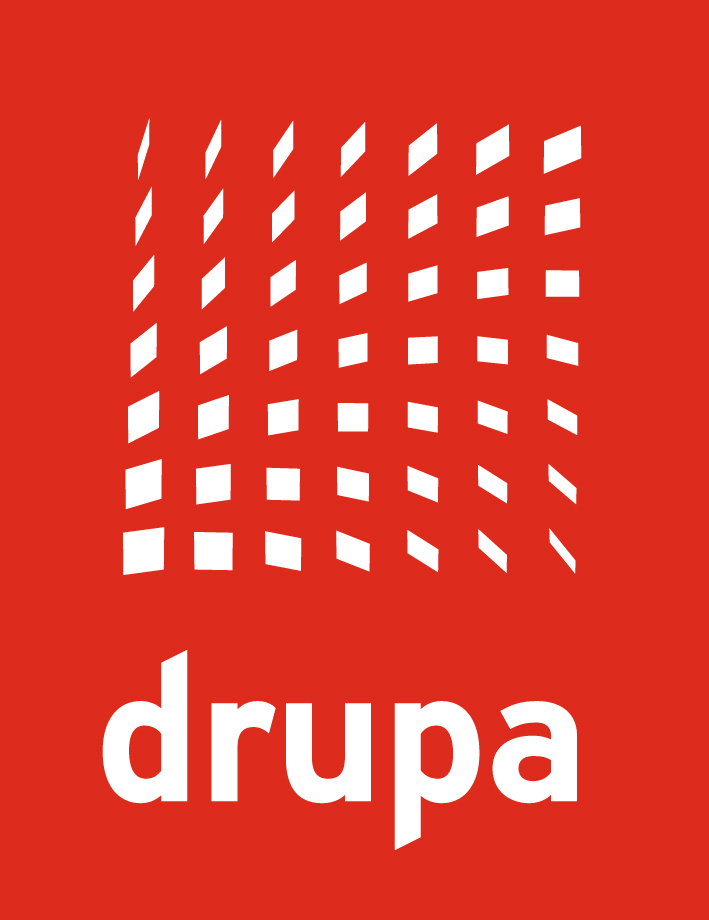Key Pillars of a Colour Management Loop
Time:2020-07-29 From:
A closed colour management loop can help printers saving time and money alike. This article gathers several key components of a well-balanced and efficient colour control system.
It is no secret that closed loop colour management systems offer many advantages – especially in times when press runs are continuously getting shorter, which leads to increasing set-up times for printers, while their profits fall at the same time. In this article we therefore present four important pillars that are needed to ensure an effective colour management in order to save money as well as makeready costs.
1. Ink Pre-Setting Software
One of them is ink pre-setting software. To be honest, this software isn’t really setting the ink keys on press, but actually converts the ripped data to a format, which is needed for the final key setting. The software calculates the ink coverage for each colour and takes information from the raster image processor output to create ink key and ink sweep settings for each print unit.
2. Automated Scanning Spectrophotometer
Another essential pillar is an automatic scanning spectrophotometer. Its scanner is able to move automatically over a printed sheet placed on the console, then aligns with the colour bar and thus measures each colour in each ink key.
3. Computer and Press Console Interface
A good computer-to-console interface is a further pillar and can be set up in many different ways. But basically it is all about combining a relatively simple computer and very advanced hardware allowing the computer interface to communicate with the console – be it through a protocol or a hardware box that mimics a memory card, drive or network.
4. Software Management System
Last but not least, it is crucial not to forget the fourth pillar which is needed to close the loop: a software management system. The installation is usually the most complex, because various data must be entered, e.g. colour standards, print tolerances, colour bar data or the number of print units.
Saving Time and Cutting Costs
A reliable interaction and regular exchange of information between these pillars supports the adjustment of a press on the basis of colour measurements and ensures that the ink key setting will come pretty close to 100 percent accuracy. Such regular synchronisation is necessary because, due to differences between presses, plates and processes, systems can never come 100 percent close to the perfect ink key and sweep settings for a particular press. Since these matching processes run automatically, there is no longer the need to set and control everything manually, which finally saves time and allows the use of resources for other tasks. Thus, in the end, an effective closed colour management loop cycle also cuts costs by reducing the amount of time required.

